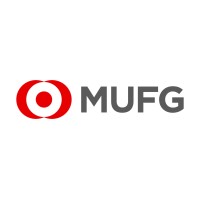
MUFG
MUFG (Mitsubishi UFJ Financial Group) is one of the world's leading financial groups. Headquartered in Tokyo and with over 360 years of history, MUFG has a global network with over 2,100 locations in more than 40 markets including the Americas, Europe, the Middle East and Africa, Asia and Oceania. The Group has over 120,000 employees and offers services including commercial banking, trust banking, securities, credit cards, consumer finance, asset management, and leasing. Through close partnerships among our group companies, the Group aims to be the world's most trusted financial group, flexibly responding to all of the financial needs of its customers, serving society, and fostering shared and sustainable growth for a better world. MUFG's shares trade on the Tokyo, Nagoya, and New York stock exchanges. Watch our profile video: https://youtu.be/htyOjA1H6bQ Details of MUFG's Group companies can be found at the following websites: http://www.bk.mufg.jp/global http://www.tr.mufg.jp/english https://mufgamericas.com https://www.mufgemea.com http://www.hd.sc.mufg.jp/english ©2024Mitsubishi UFJ Financial Group, Inc. All rights reserved. The MUFG logo and name is a service mark of Mitsubishi UFJ Financial Group, Inc.






